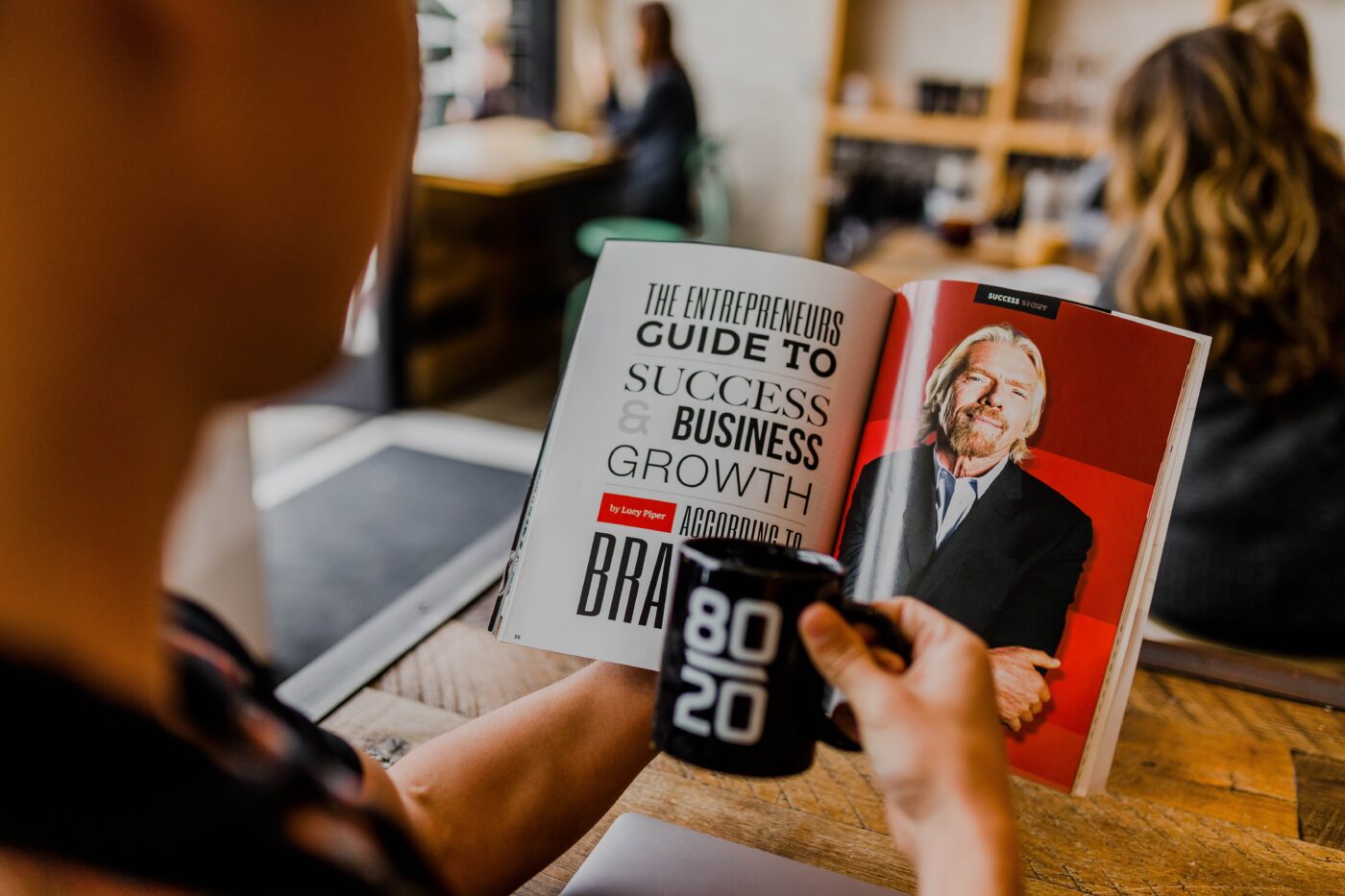The two ‘superpowers’ every business leader needs
The corporate world remains in a state of flux. Higher employee turnarounds, evolving client needs, and the recent move toward hybrid work environments mean the ability to manage change effectively is paramount. But as business leaders venture into uncharted territory in a world still dealing with the effects of the pandemic, new strategies will be required – creative new approaches.

According to an April 2021 report by cultural consultancy Barker Langham, creativity is the new “commercial superpower” in dealing with an ever-changing business environment. The report suggests that organisations are better equipped to address these newfound challenges by becoming more creative and hiring more creatives (or more creative people) while also opening opportunities for growth and innovation.
Creativity is no longer just for specific “creative” industries. The report posits that it can address the five core challenges businesses have to deal with today – wellbeing, organisational transformation, innovation, financial return, and identity. Something as simple as a workplace that showcases art led to increases in productivity by 17%; offering creative activities increased staff retention by 28% and attracted more top-level talent; 69% of companies cultivating creativity reported winning awards and recognition; and even the World Economic Forum recognised creativity as one of the top three skills for employees from 2020.
This approach means that business leaders are not alone, and by designing the right working environment, they can work with their teams to find creative solutions when facing significant change. By fostering open dialogue and collaborative thinking around a specific change – such as new systems, roles, or restructuring – teams will feel actively involved, helping individuals cope better and potentially finding new pathways to managing the change.
For example, and Change was working with a multinational financial services entity driving its business strategy. They looked for a fundamentally different new way of operating to stay relevant. We proposed that they put together cross-functional teams organisation-wide to look at the value chain while simultaneously pulling in feedback from their staff, resellers, and clients. In short, creative thinking was stimulated among the team through theatre and social games – and leadership realised that their services were part of a more significant economic cycle for their clients. However, going forward, they would require completely different solutions for their clients compared to standard offerings already present in the industry. By embracing these new ideas, they drove their value to clients and ultimately changed the way the business functioned – for the better.

These creative collaborations are not limited to units within a business, though, with the Barker Langham research also suggesting intersectional collaboration across creative, non-profit, and corporate industries. According to the report, many of these multi-industry partnerships embraced Corporate Social Responsibility (CSR), such as work across the education, health, and environmental spheres.
However, with the new trend towards more concrete corporate ESG (Environmental, Social and Governance) policies, many large organisations directly integrate these collaborative values and strategies into their business models.
Companies are beginning to define themselves with a social purpose that underpins their existence… How companies engage with creativity continues to evolve, and a wealth of richer, more meaningful cross-sector collaborative projects are taking place worldwide. These range in scale from innovative business ideas or placemaking initiatives to teambuilding,
the report reads.
Right now, there’s a significant need for creative solutions as we see more businesses return to their offices after two years of online working. For many, it’s an optimistic move as vaccination rates rise and deaths linked to the COVID-19 pandemic wane. However, employees will push back (change resistance is very real), and hybrid working environments will be contentious unless managed very well with adaptability in mind. The creative thinkers in leadership will find a way to ensure flexibility and safety for their employees without affecting productivity and profitability.